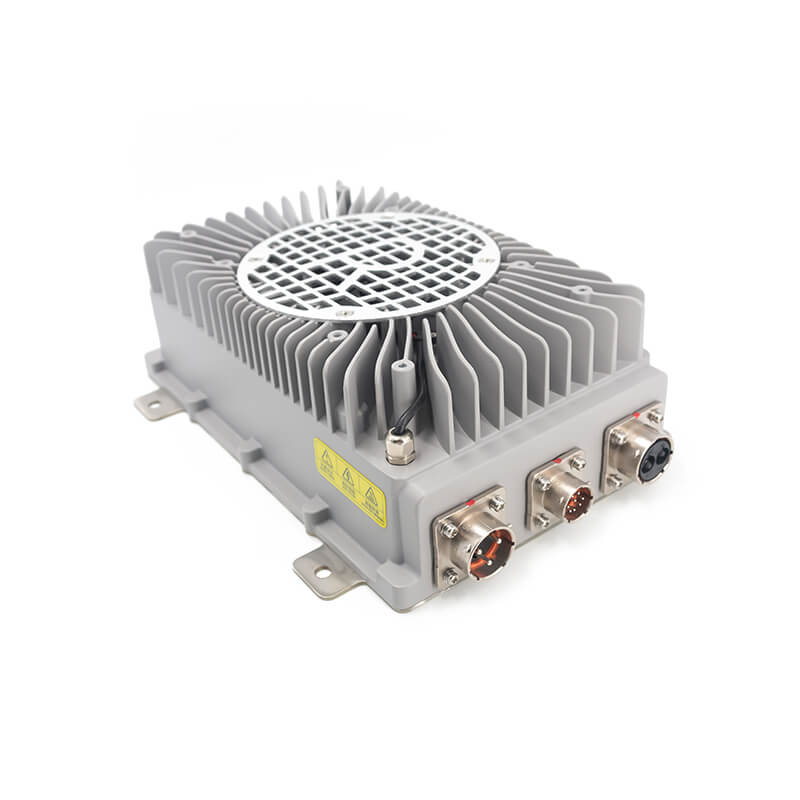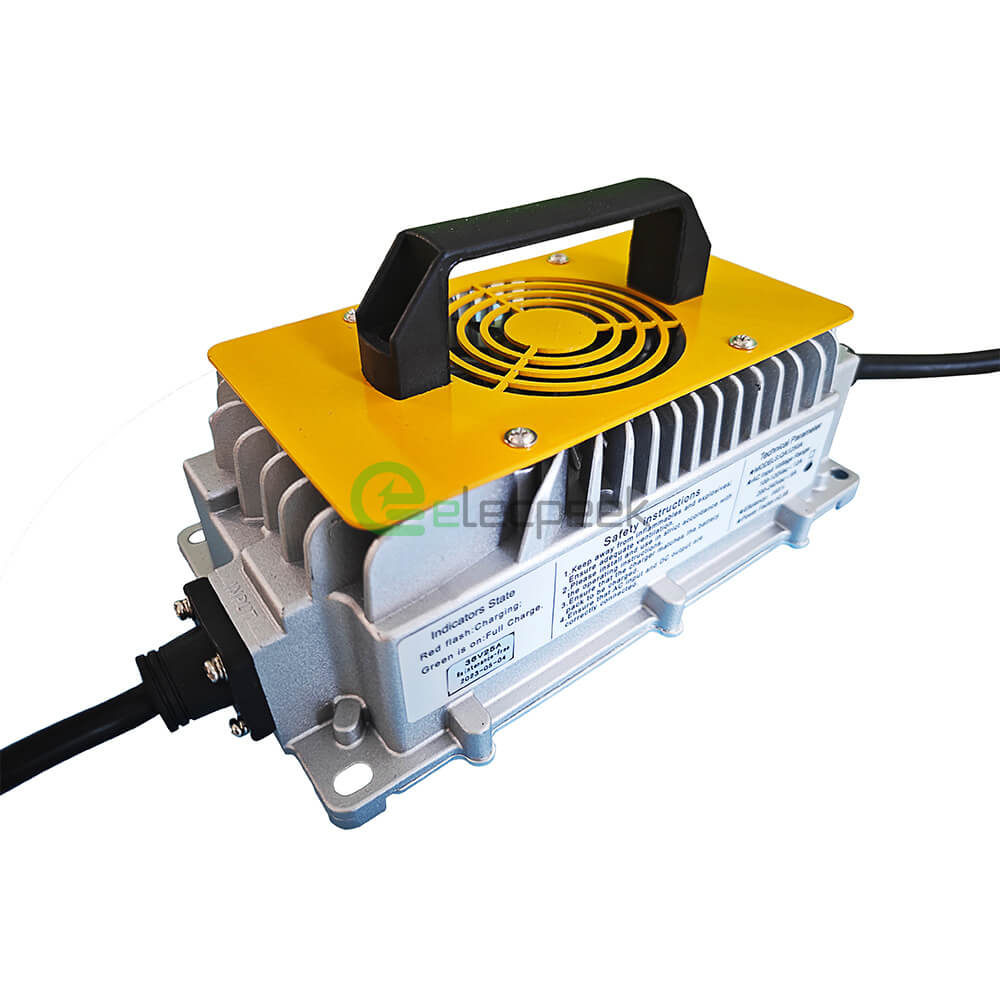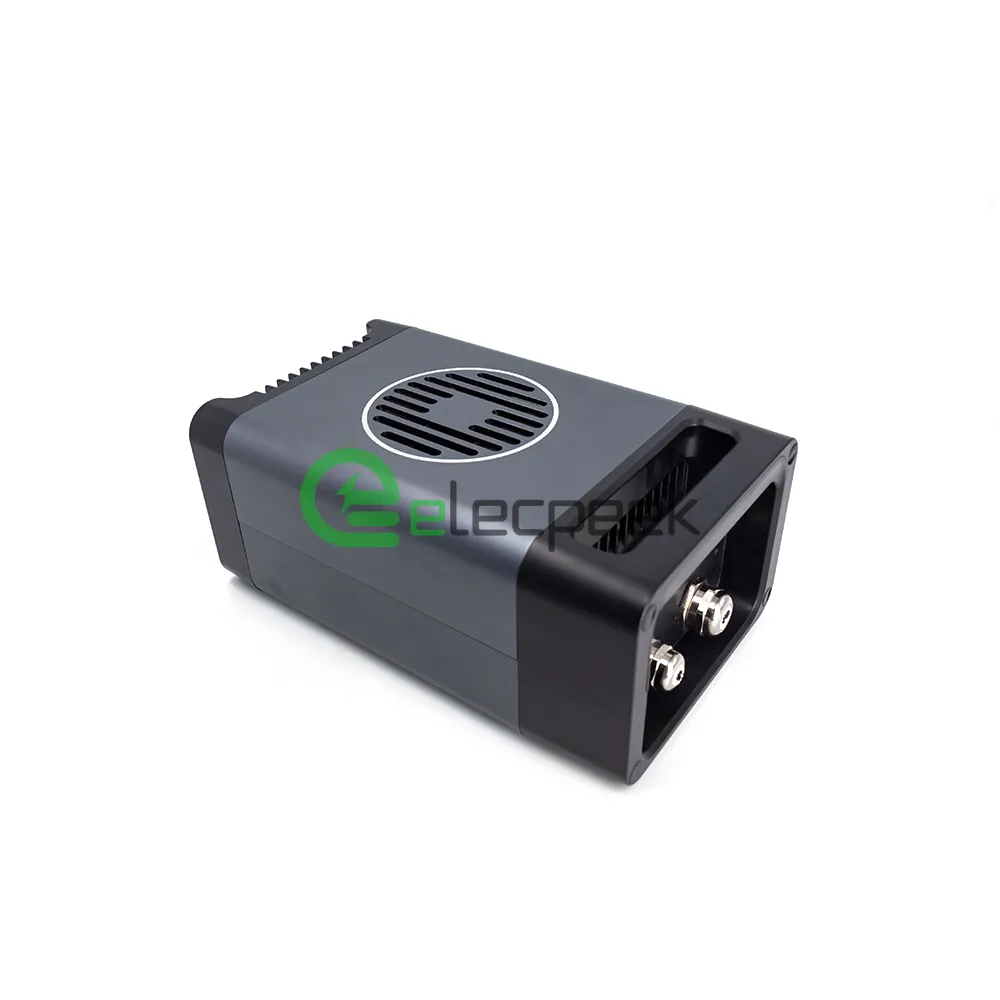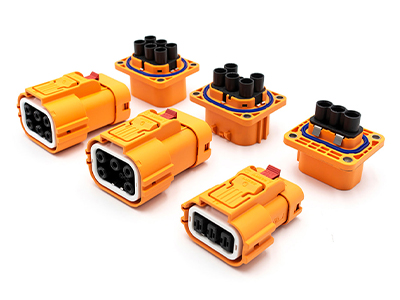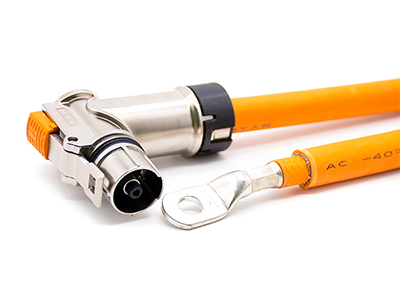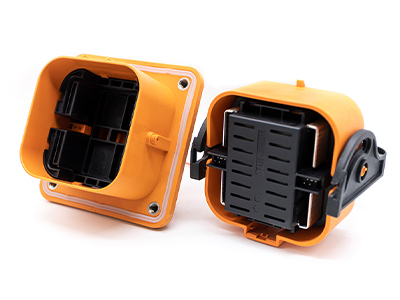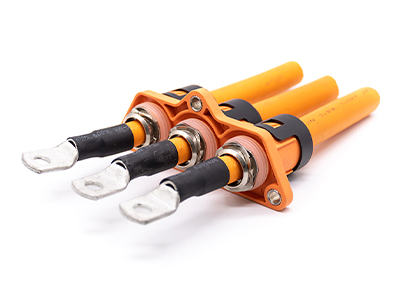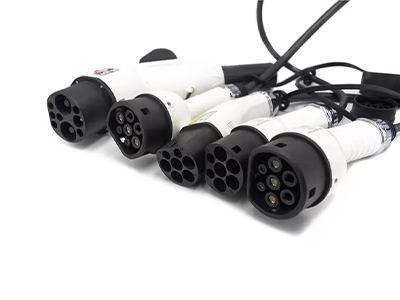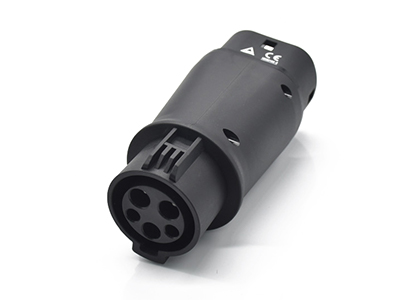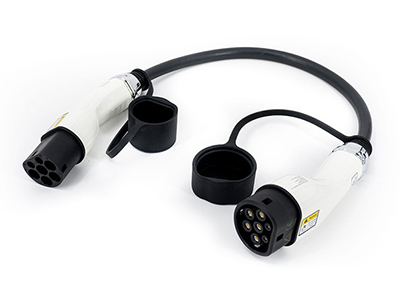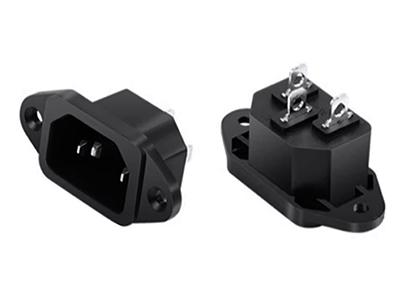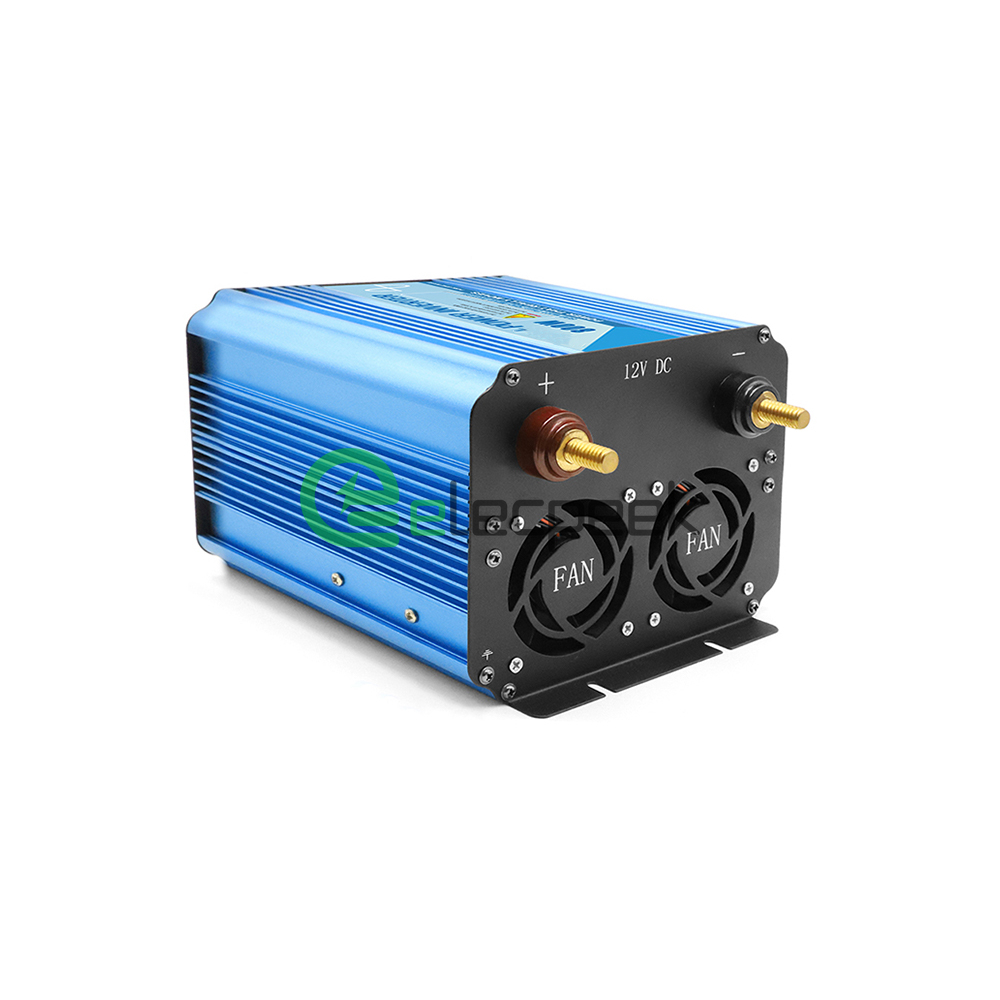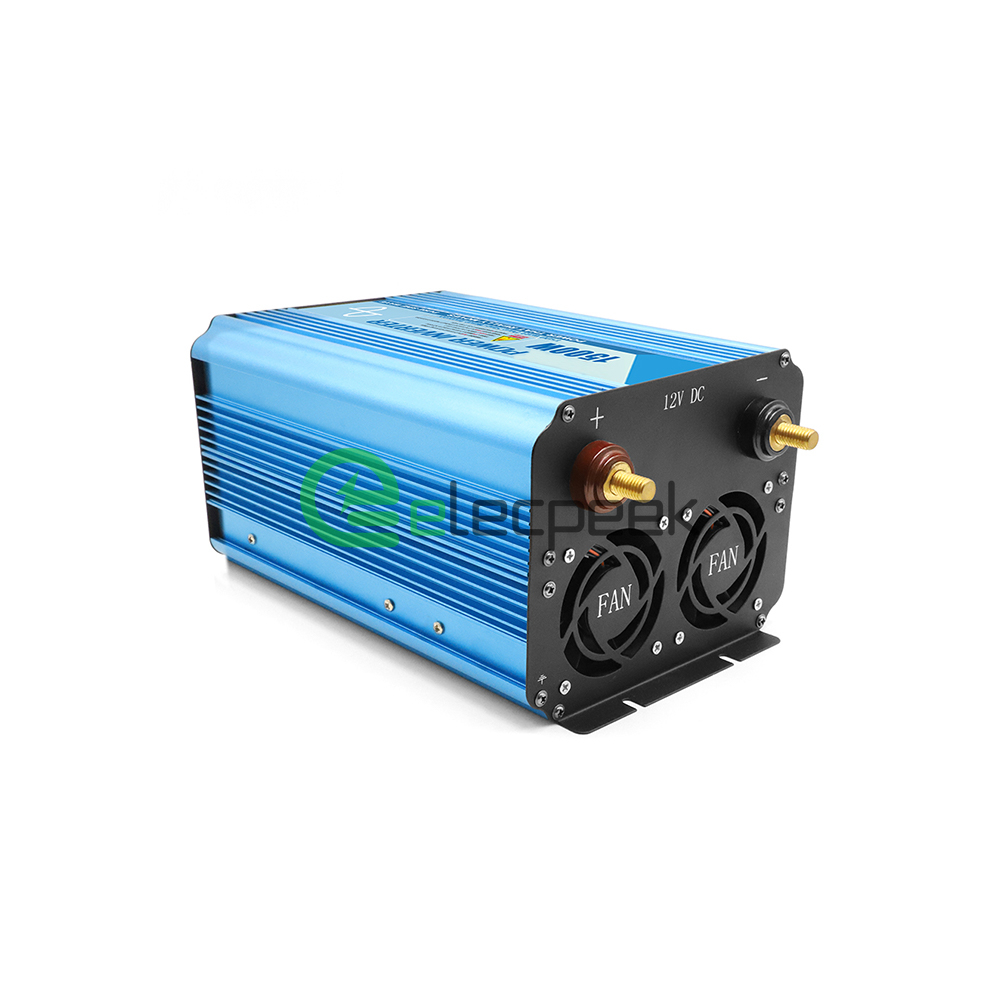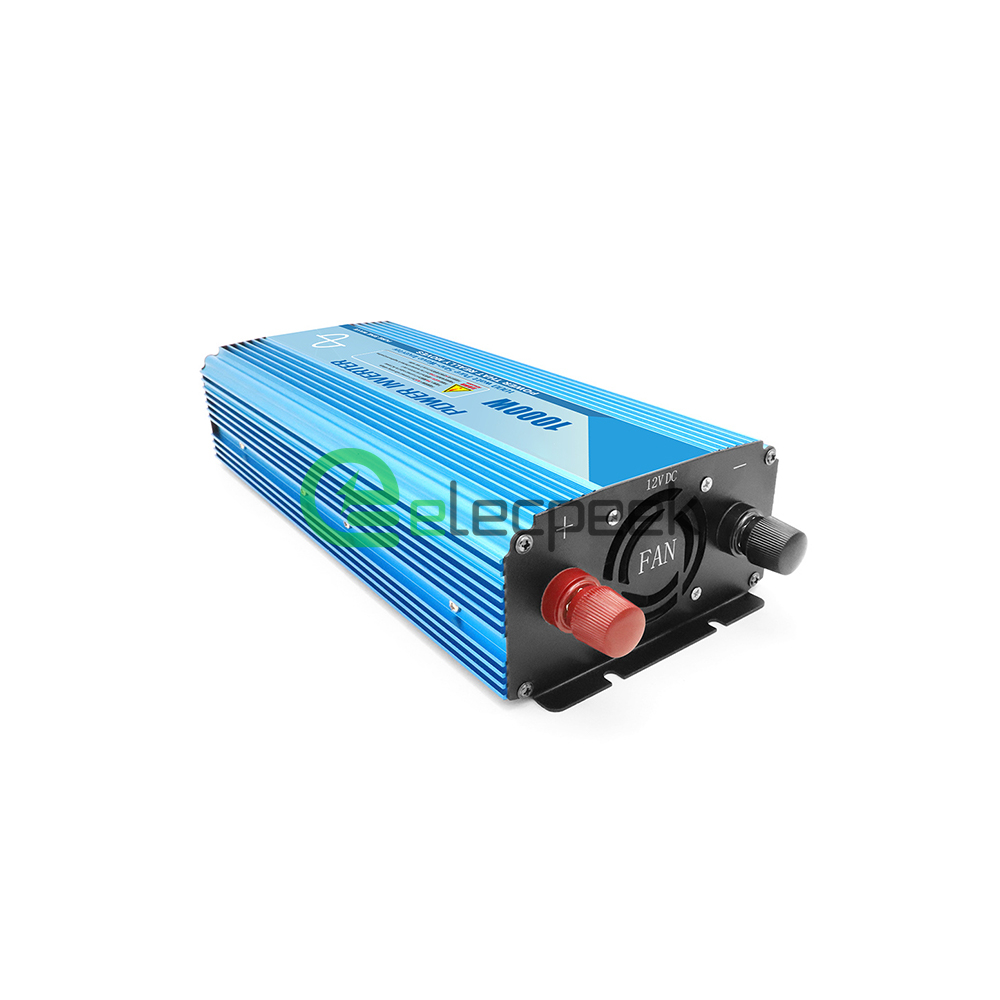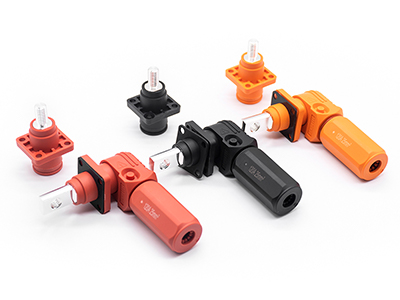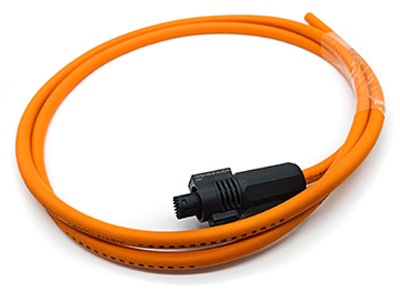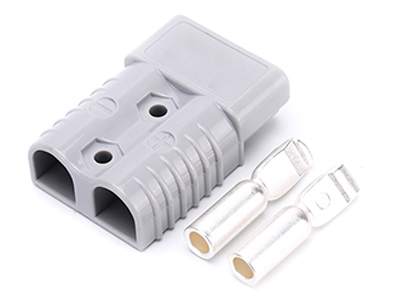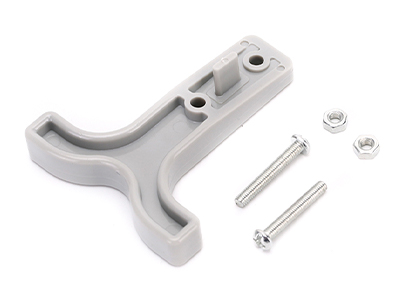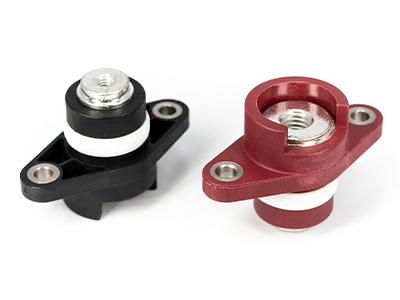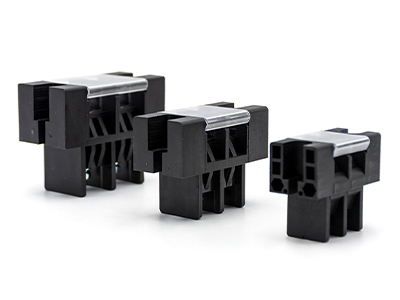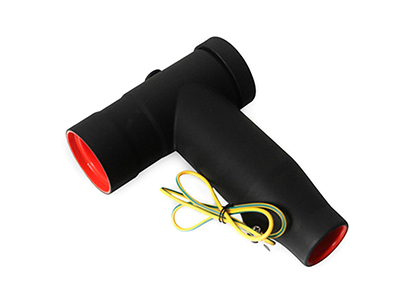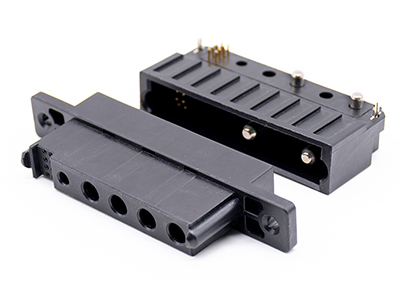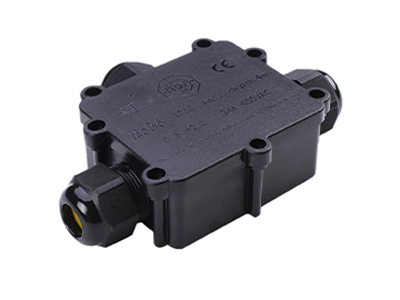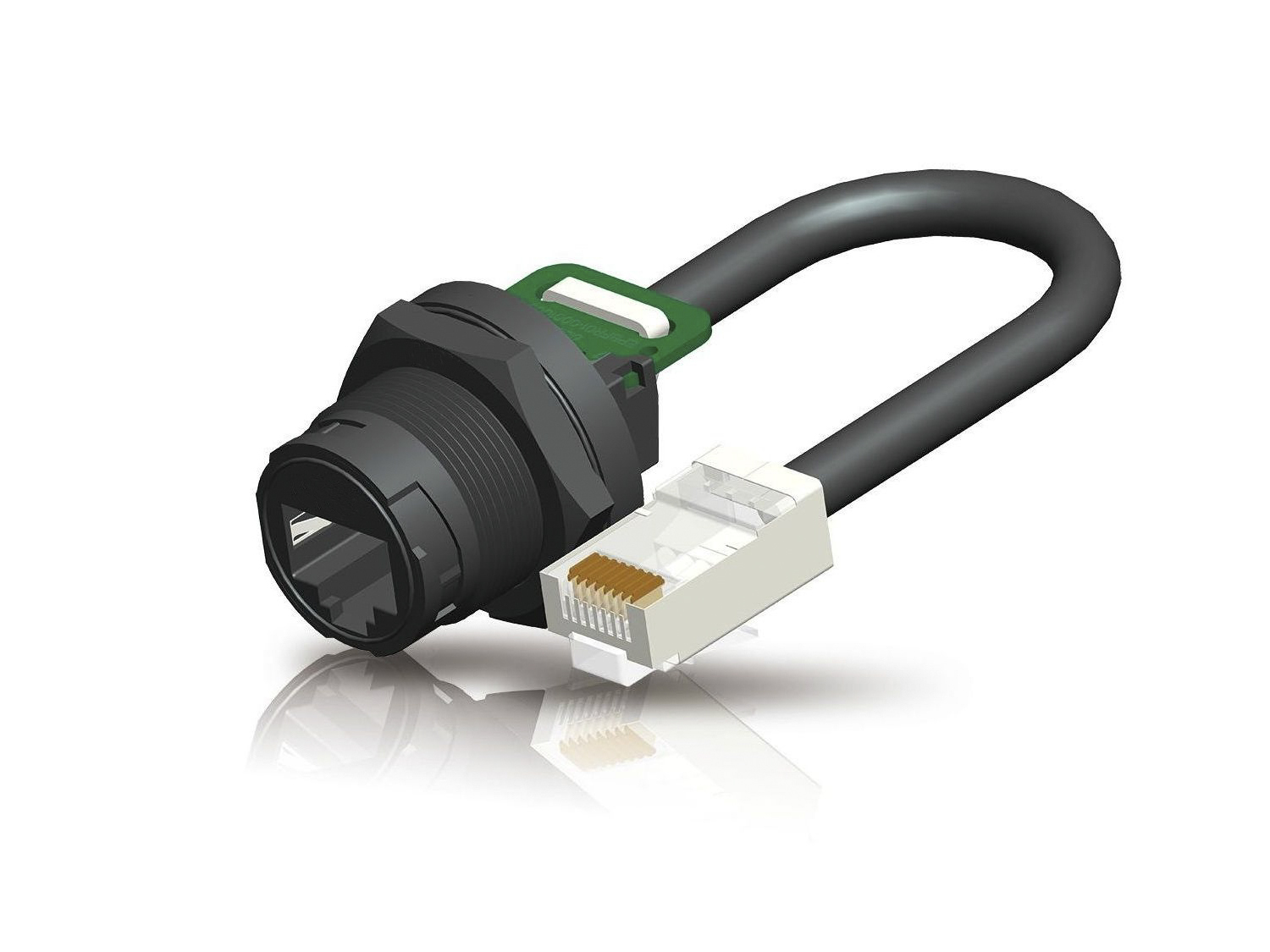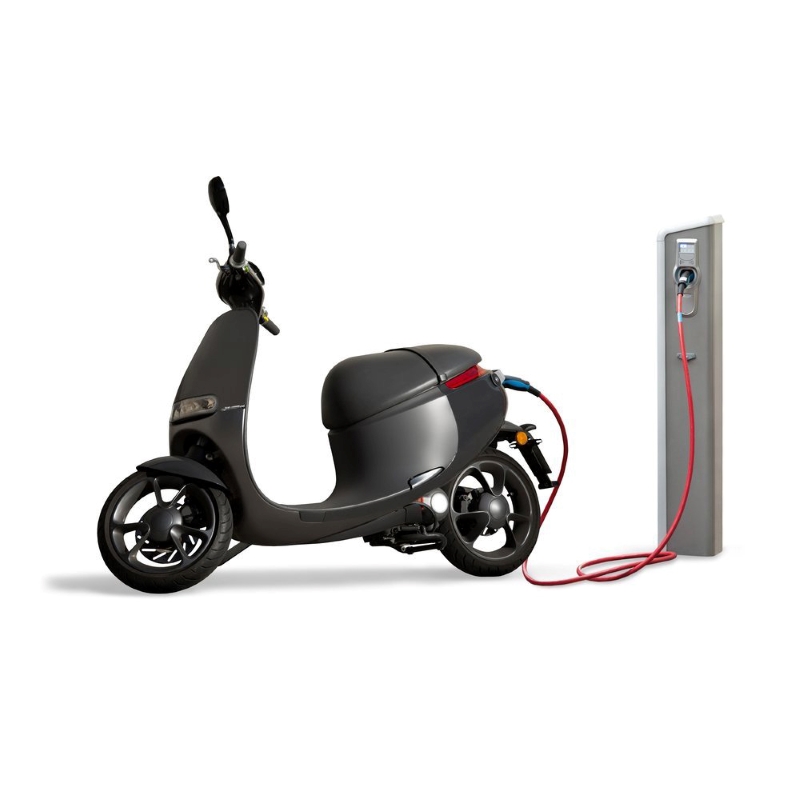News
Why AC motors are preferred in electric vehicles?
Electric vehicles are becoming increasingly popular and are expected to play a major role in the future of transportation. One of the most important components of an electric vehicle is the motor, which is responsible for providing the power needed to move the vehicle. There are two main types of motors used in electric vehicles: alternating current (AC) motors and direct current (DC) motors. Although DC motors have been used in electric vehicles for many years, AC motors are now the preferred choice for most electric vehicles.
The Advantages of AC Motors in Electric Vehicles
Electric vehicles (EVs) rely on electric motors to convert electrical energy into mechanical energy to move the car. While there are different types of motors that can be used, such as DC motors and AC motors, AC motors are preferred in modern electric vehicles for several reasons. This article will explore the advantages of AC motors in electric vehicles.
Higher Efficiency
One of the main advantages of AC motors in electric vehicles is their higher efficiency compared to DC motors. AC motors are more efficient because they don’t have brushes and commutators, which are the components that cause friction and wear in DC motors. In AC motors, the magnetic fields are generated by the stator and rotor without any physical contact, resulting in less energy loss due to friction and heat. This higher efficiency translates to longer driving ranges and lower energy consumption, making electric vehicles more practical for everyday use.
Regenerative Braking
Another advantage of AC motors in electric vehicles is their ability to perform regenerative braking. Regenerative braking is the process of using the motor as a generator to convert the kinetic energy of the vehicle into electrical energy and store it in the battery. This is possible because AC motors can reverse the flow of electricity and generate a magnetic field that opposes the rotation of the motor. Regenerative braking is an important feature in electric vehicles because it helps to extend the driving range and reduce wear on the brake pads. It also improves energy efficiency by reusing the energy that would otherwise be lost as heat during braking.
Variable Speed Control
AC motors provide variable speed control, which is essential for modern electric vehicles. Variable speed control allows the motor to operate at different speeds and torque levels depending on the driving conditions and power demand. This is achieved by using an inverter to control the frequency and voltage of the AC power supplied to the motor. Variable speed control is important because it allows electric vehicles to operate more efficiently at low and high speeds, and provides better acceleration and torque when needed. It also allows for smoother and quieter operation, which enhances the driving experience.
Compact and Lightweight
AC motors are also preferred in electric vehicles because they can be designed to be more compact and lightweight compared to DC motors. AC motors have a simpler design and don’t require as many components as DC motors. This makes them easier to manufacture and assemble, and reduces the overall weight and size of the motor. A more compact and lightweight motor allows for more flexibility in the design of the electric vehicle, such as placing the motor in the front or rear of the car, or having multiple motors for all-wheel drive.
Lower Maintenance
Finally, AC motors require lower maintenance compared to DC motors. AC motors don’t have brushes and commutators, which are the components that wear out and require regular replacement in DC motors. This means that AC motors have a longer lifespan and require less maintenance, resulting in lower maintenance costs for electric vehicle owners. This is a significant advantage because maintenance costs are one of the main factors that influence the total cost of ownership of an electric vehicle.
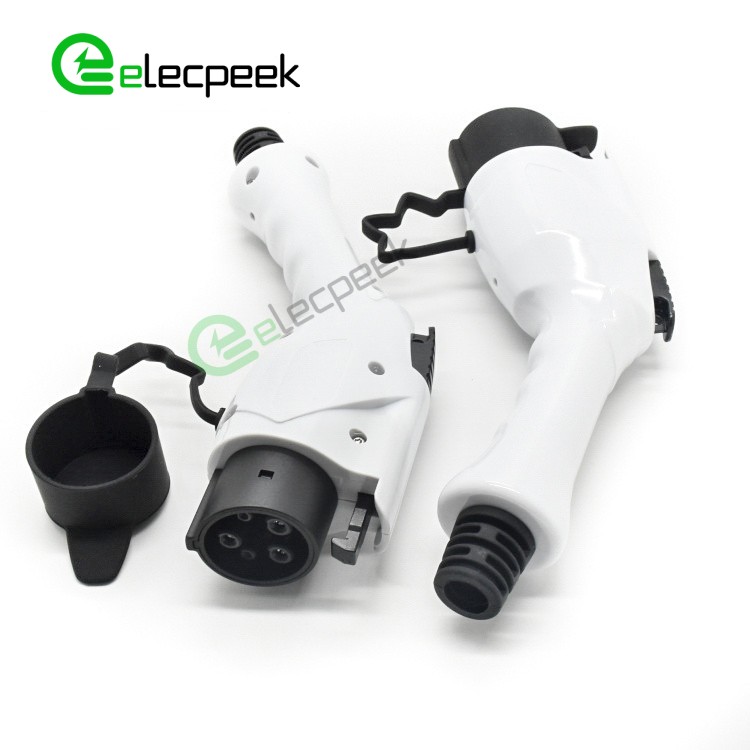
The key reasons why AC motors are preferred in EVs:
- Efficiency and power density. AC motors can achieve higher efficiency and power density than DC motors, allowing them to generate more power from a battery of the same size. They lose less energy as heat, so more of the electrical input is converted into motion. This enables smaller, lighter batteries to reach the same range. AC motors can produce 20-30% more power for their weight and size.
- Quieter and smoother ride. AC motors are nearly silent in operation as they have no brushes or commutators like DC motors. They provide a very peaceful, luxurious ride quality without the noise and vibration typical of vehicles with DC motors.
- Regenerative braking. AC motors can operate as generators during braking to convert kinetic energy into electricity that recharges the battery. Regenerative braking can improve the range of EVs by up to 30% by reducing energy loss during deceleration. It provides a smoother braking experience while maximizing energy efficiency and savings.
- Rugged and reliable. AC motors have fewer moving parts than DC motors, so they tend to be more durable and long-lasting. They require less maintenance and have a much longer service life, estimated at over 150,000 miles before needing major repairs or replacement. Their rugged, dependable design reduces costs, improves safety, and minimizes downtime.
In summary, AC motors are superior to DC motors for electric vehicles due to their efficiency and power density, quiet and smooth operation, advanced regenerative braking, and rugged reliability. By leveraging these key advantages, AC motors enable longer range, more premium performance, lower costs, and greater consumer appeal of EVs. AC power is critical to accelerating the adoption of electric vehicles, and AC motors will drive that transition forward.

